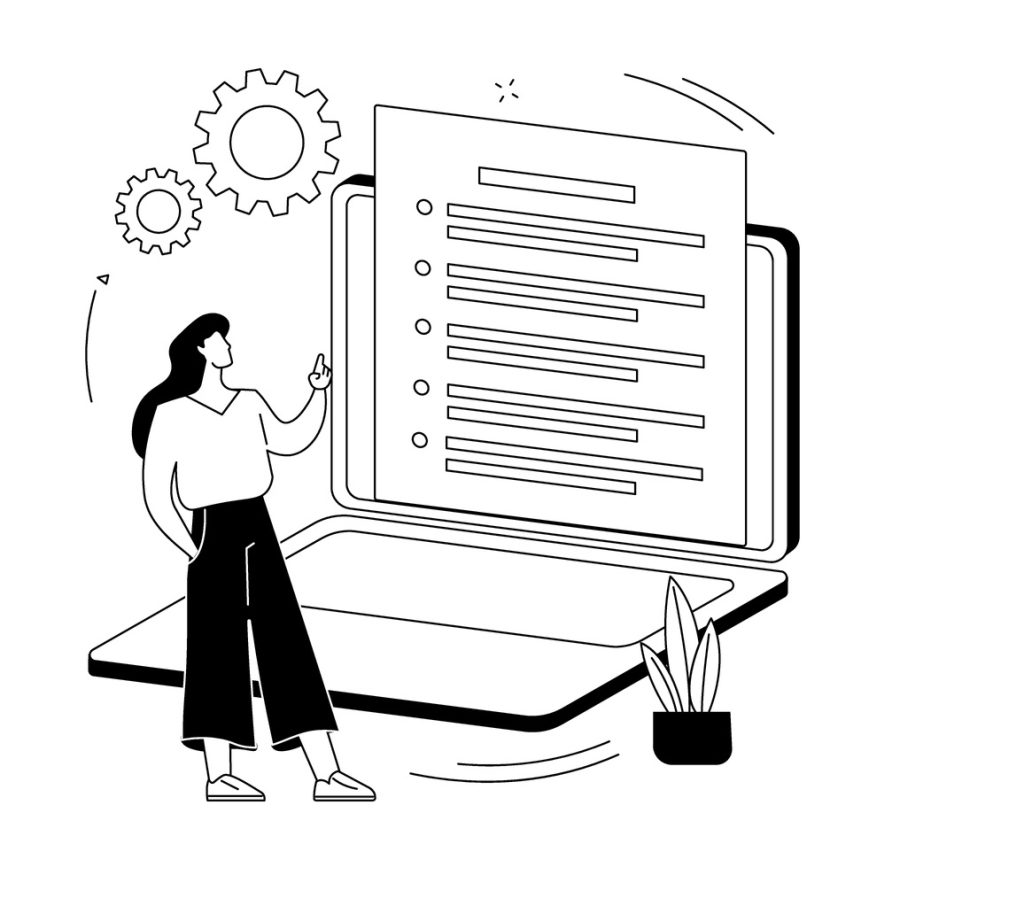Picture huge chunks of copy, long paragraphs, sentences that drag on, and worst of all, no end in sight. These attributes may be nothing to squawk about in the land of essays and academic theses, but in the marketing space, this is the kind of content that pushes people away. FAR away.
You can make your marketing content pleasing to the eye. You just need to know how.
1. Write a stellar top tagline.
Be it an Instagram post, a blog, a LinkedIn article or a landing page on your website, you need a strong tagline at the top. I like to make this interesting, clever and compelling – but not necessarily overtly explanatory. If I can make the audience think, “Huh” or “Woah” or even “I wonder what that means…” then they’ll read the next line. And that means success. Use your top tagline to draw your audience in.
2. Craft a supportive sub-tagline.
While not always necessary, I often use sub-taglines because it provides an opportunity to explain and define at the top of the ad, article or page. Contrary to your main tagline, I recommend you be a little more cut-and-dry with your sub-tagline. Tell your audience what this is and why it matters. Think of your sub-tagline as that supportive piece of copy that complements the sentiment in your top tagline and answers the unknown quickly and effectively.
3. Create a nice layout for your body copy.
If we’re talking about an ad, your body copy might be only a few lines (or 125 characters – ahem, hem, Facebook). But for blogs, marketing PDFs, web pages or eBooks, that body copy will be significantly longer. Pay attention to how it’s presented. Is there a pattern? Does it look inviting? Is it neat, tidy and well-designed?
Take a look at this blog. You have my top tagline (which tells you right off the bat whether or not you want to read it – no need for a sub-tagline on this piece, even though I’m such a big fan), and then every tip is bolded and broken down. You can skim, or read in full. That’s the beauty of body content with presentation.
4. ALWAYS have subheadings.
In longer content pieces, subheadings are a must. The best subheadings are short, catchy and relevant. They tell your audience what’s coming next and give people the option to skip over, read on or skim little by little. Forgetting about the actual words that comprise your subheadings for a second, one thing I love most about them is space. In order for it to be a subheading, it needs to have space before and after it. Beautiful. Space is your content’s best friend because it looks nice, it breaks up the piece, and it signifies a new thought.
5. Use call-out one-liners.
Wondering what the heck that is? It’s my little term for a small phrase or short sentence that stands on its own between two paragraphs.
Here’s what I mean.
It’s quick and simple, yet it makes the reader pause and then continue on. There’s white space all around it, so it looks appealing and can also serve an important purpose: to create emphasis grip your audience yet again, and most importantly, keep them reading.
Even when I write content in a standard word processor like MS Word or the Google Cloud, I’m always mindful of how the content looks. Sure, content these days is almost always supported by images, video, infographics or animation effects but that doesn’t mean the layout and structure of the content itself doesn’t also matter greatly.

